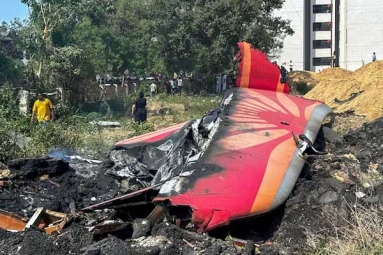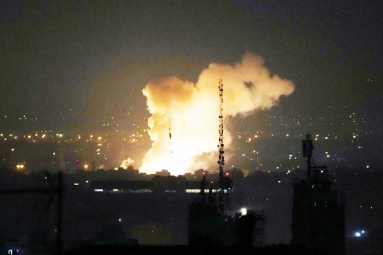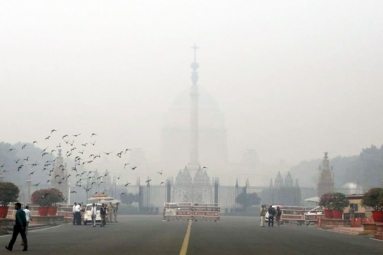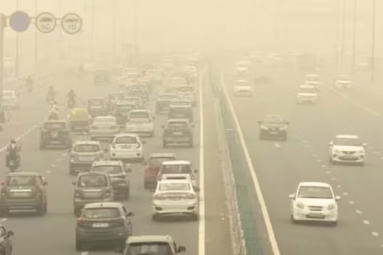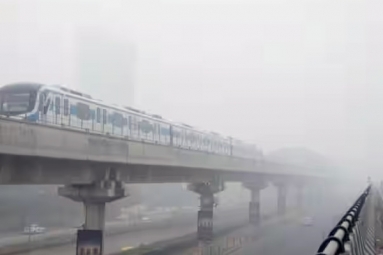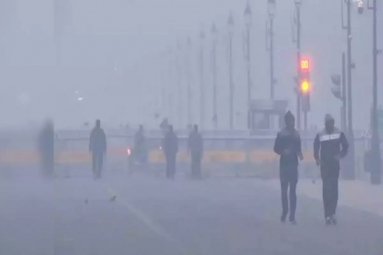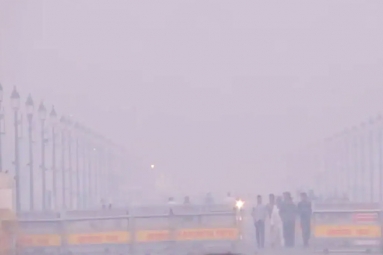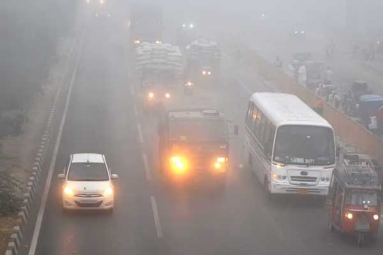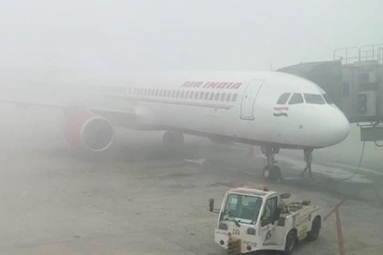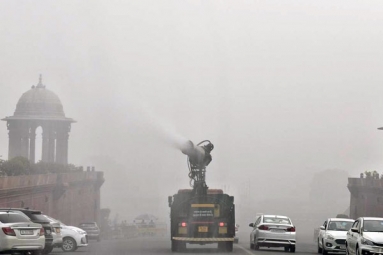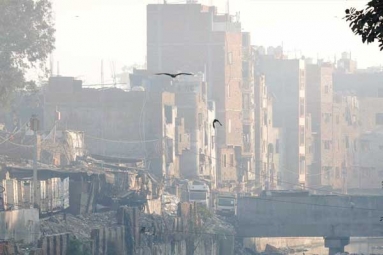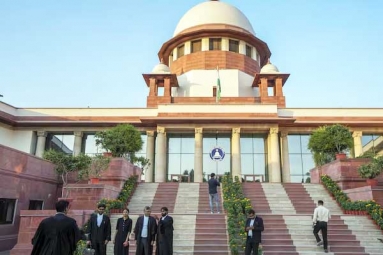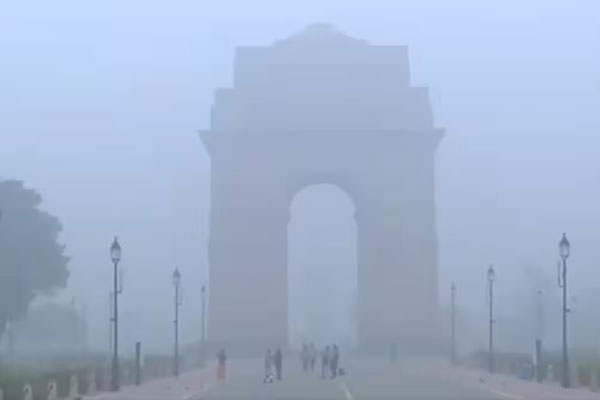
(Image source from: newsable.asianetnews.com)
The residents of Delhi, Noida, Ghaziabad, Gurugram, and nearby areas woke up to a thick layer of smog on Wednesday, which severely reduced visibility to almost zero. The air quality in Delhi remained in the 'very poor' range, with many people reporting difficulty breathing. Delhi surpassed Lahore in Pakistan as the world's most polluted city, according to the Swiss group IQAir's live rankings, with an air quality index score of over 1,000, considered "hazardous". However, the Central Pollution Control Board data showed the air quality index in Delhi's Anand Vihar reached 413 at 10 am, rising from 334 recorded at 4 pm the previous day. This smog, exacerbated by the cold weather, indicates a deterioration in pollution levels and raises health concerns for the residents. The India Meteorological Department reported that the pollution had reduced visibility to around 100 meters (328 feet) in some areas by 8 am. As a result, the "low visibility procedures" were initiated at the Indira Gandhi International Airport, and the authorities stated that flights not compliant with CAT III standards may be affected.
The city's temperature dropped to 17 degrees Celsius on Wednesday, and may decrease further as the smog blocks sunlight. Delhi has experienced 15 consecutive days of "very poor" air quality, which started on October 30 when the Air Quality Index (AQI) reached 307. Anything between 301 and 400 on the AQI is considered "very poor," while values above 400 are "severe." Vehicular emissions are a top contributor to pollution in Delhi, accounting for an estimated 10% over the next two days, slightly higher at 15.5% on Tuesday. The Anand Vihar station recorded "severe" pollution levels. Delhi had the fourth-worst air quality in the country, behind Hajipur, Chandigarh, and Patna. The main pollutants were particulate matter PM10, which can come from dust, pollen, and vehicle exhaust, and are harmful to respiratory health. Farm fires also continue to be a factor in Delhi's pollution, although specific data is currently unavailable.
The air quality index (AQI) has persistently surpassed 350 this November, with the exception of two instances when increased wind speeds slightly enhanced the air quality, according to the Council on Energy, Environment and Water (CEEW).





